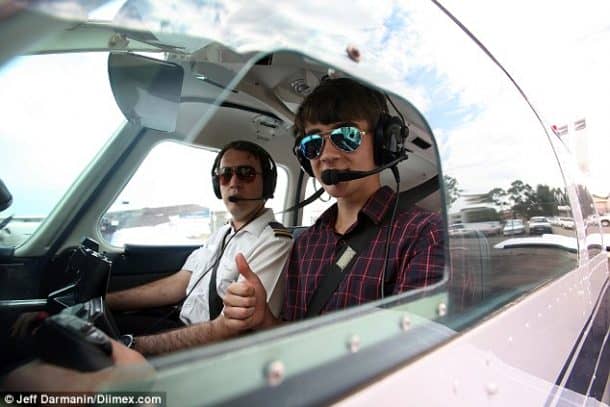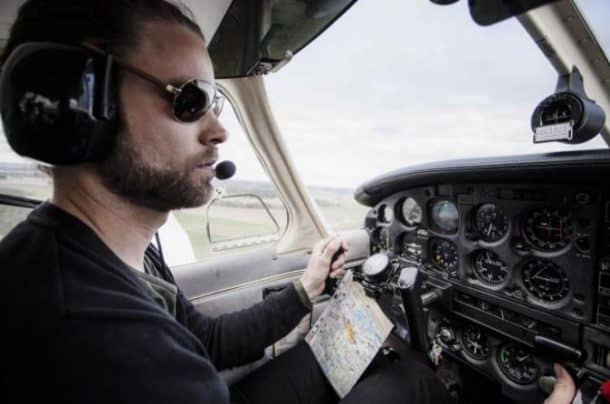This would be the ultimate question to ask if you have ever met a pilot! Plane enthusiasts like me are always on the lookout to know how flying a plane would feel like, and thankfully, a Quora user was prudent enough to present the same question to the community of pilots. Here are some of the very insightful and interesting answers he received.
Paul Tomblin, a licensed private pilot, replied with the following,
Taking off: 2
Flying: 3
Landing: 4
Landing well enough so you can use the plane again: 5
Landing well enough that your passengers will fly with you again: 6
Having the judgement and strength of character to say “I know I promised we’d fly home today, but the weather is bad so we’re going to have to wait a day and miss that thing you wanted to go to”: 10
Ever Wondered Why The Name Of Every Boeing Plane Ends At 7? Here’s The Interesting Reason
Alcatraz Dey, a Military Aviation Expert, gave a very comprehensive answer,
Having been trained to be a fighter pilot and a weapon systems operator and having done intensive navigation on Avro planes, I can answer it competently!
Flying a plane begins with learning the working of the plane you need to fly. That takes around 2–3 months. For a modern fighter plane, it takes 5–6 months.
You have to pass the exam before you even begin flying. The exam includes basic dimensions, fuel capacity, aerodynamic limitations, and actions in case of emergencies. It is really tough and takes a lot out of you mentally!

After that, you have to pass a gentest! Which includes by hearting all the actions to start a plane, carrying out basic actions and critical emergencies! Each action has 24–30 steps on an average! And there are minimum 40 actions. And a minimum of 95 percent has to be scored in the gentest exam!
After that you have to clear simulations!
Then you have to learn aerodrome schemes, frequencies, the navigational aids, the various aerodrome leaving techniques!
And that’s not it!
When you actually start to train and fly, every single flight requires preparation and meticulous hard work!
This is how a fighter pilot in the Indian Air Force trains!
This is even harder for the transport pilots who have to prepare routes and alternate routes!
So, on a scale of 1–10, the difficulty is 100.
Why?
You are responsible for the government paid aircraft! Your life and if you’re a transport pilot, all the passengers behind your cockpit!
It may seem glamorous, but it takes a lot of hard work and dedication!
PS: there are yearly tests to check your proficiency as well!

Chuck Hunter, F-14 Pilot and developer of F-35 and F-22 had this to add,
Taking a CAT shot – 2 (just hang on)
At the end of the CAT shot, settling off the end of the deck – 6
Turning to a hot vector while settling off the CAT shot – 8
Air combat maneuvering 1 v 1 – 9
Air combat maneuvering X v X – 10
Land based full burner takeoff – 4
Flying – 2
Inflight refueling probe and basket (daytime)- 7
Inflight refueling probe and basket (nighttime) – 8
Inflight refueling probe and basket (nighttime bad weather) – 9
600 kts at 50 feet off the deck – 6
600 kts at 10-20 feet off the deck – 8
Landing aboard an aircraft carrier at 140 kts (daytime calm) – 7
Landing aboard an aircraft carrier at 140 kts (nighttime) – 10
Landing aboard an aircraft carrier at 140 kts (nighttime bad weather deck moving) – 12
Landing on the 8,000 feet of runway – 2
And to support Paul Tomblin’s answer making the tough decision at the tough time -10 (though in many of our cases that actually meant flying)


